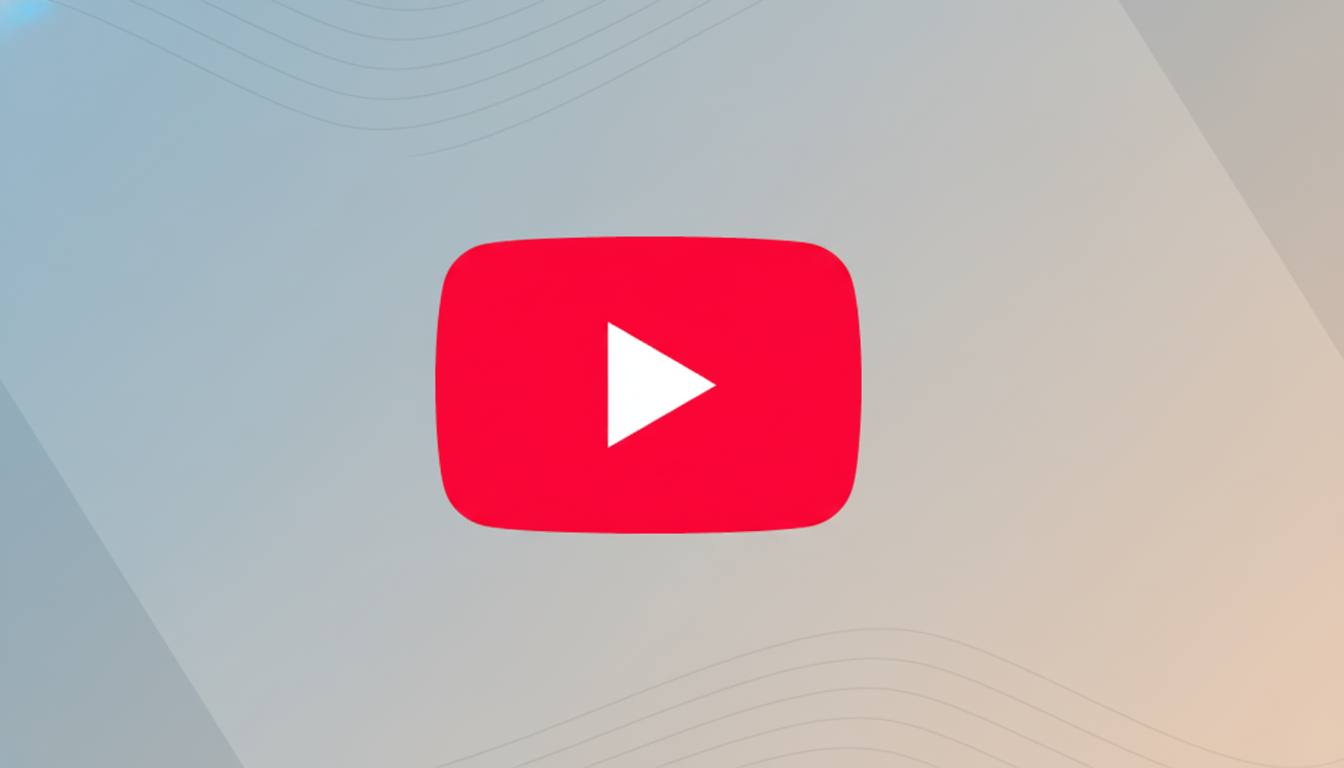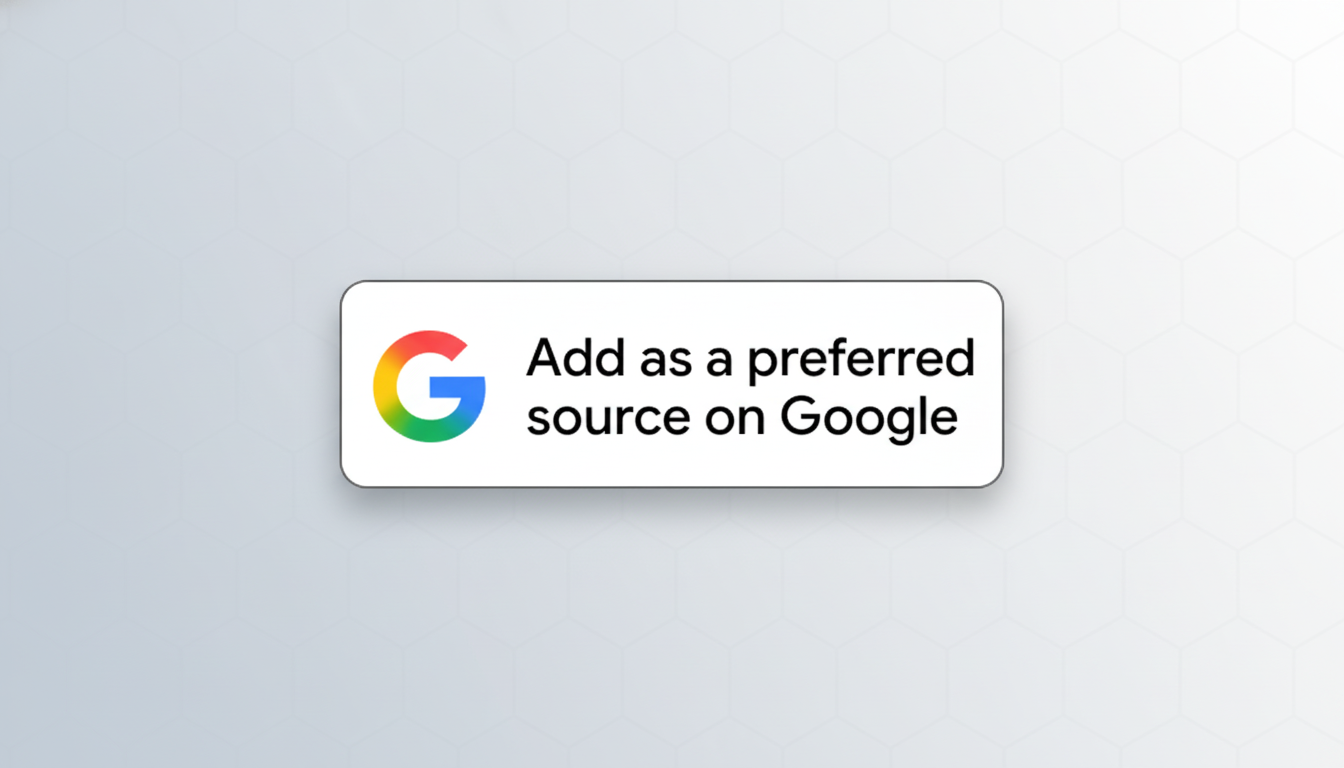YouTube is quietly introducing 20 genre-specific like button animations, an Easter egg-style feature that appears when video viewers press like on certain videos.
It’s a small touch in the company’s larger interface refresh across web, mobile, and TV, and it is already sparking delight as fans notice music notes on music videos, paw prints on animal clips, and sports cues on athletic highlights.
- What’s new in the like button animations on YouTube
- How It Works And Where You’ll Encounter It
- Why it matters for UX and meaningful microinteractions
- Early Reactions And Examples Of Easter Eggs
- What creators should know about these like animations
- How to see the new YouTube like animations right now
- Accessibility and performance notes for like effects
- The bottom line on YouTube’s new like button animations

What’s new in the like button animations on YouTube
The new animations are context-aware. When YouTube slotted a video into one of its myriad themes — be it music, film, animals, or sports — the Like tap would call to action a quick, on-brand animation associated with that genre. Think: a film reel or clapperboard for movies, a melodic note for music, a playful cat moment on feline content. The effect is quick, fleeting, and subtle — pure feedback with no influence on like counts or recommendations by itself.
How It Works And Where You’ll Encounter It
YouTube’s recommendation algorithms bucket videos into high-level genres, and the app swaps in the right graphic when you tap Like next to those titles. Early sightings suggest that the feature is live across YouTube’s basic surfaces — web browsers, Android and iOS apps, and living-room apps — but rollouts can be region- and account-linked, staggered. There’s no switch in settings; it’s a server-side update that you either get or don’t, similarly to how YouTube has been continuously finessing its UI.
Why it matters for UX and meaningful microinteractions
Designers refer to these moments as “microinteractions,” subtle, purposeful animations that offer feedback and reduce friction. Google’s Material Design guidelines advocate “meaningful motion” to affirm cause and effect, without unduly disempowering the user. Already from the human–computer interaction community it is known that responsive and satisfactory perception are correlated to how fine-tuned motion is. Simply put, a Like that “feels” alive can nudge repeat taps without being distracting.
YouTube, which receives billions of logged-in users each month, according to its corporate disclosures, has played around with fun effects in the past in Shorts and special event doodads. Saying that they are genre-aware just introduces one more level of customization — and it still feels creator-brand while not changing the experience fundamentally.
Early Reactions And Examples Of Easter Eggs
Social posts from creators and viewers show a variety of genres surfacing already. For music videos, quick note bursts plummet onto the timeline; for animal clips, cat-centric flourishes pop; sports content can lead to athletic cues; film-related videos can elicit flashy movie-inspired motifs. A popular comp, shared by a well-known X user, demonstrates the variety of styles available; thankfully these seem to indicate there are around 20 unique animations in total, broken down amongst major segments.
Not all videos will cause a special animation to be activated. If a clip mashes together multiple themes, YouTube cues off the one that’s most obvious; so a concert documentary might get a music treatment while a behind-the-scenes studio reel skews film. That variance feels deliberate — it’s part of the “find it if you see it” appeal.

What creators should know about these like animations
For channels, the upside is small but nonzero: memorable microinteractions can reinforce brand vibes without telling the viewer to do so. There’s no setting necessary; the software automatically recognizes the genre. Though YouTube has said in its Creator Insider videos that likes are just one of many signals that inform recommendations, frictionless feedback loops can help coax engagement at the margins — especially on mobile where light touches (and delight) often lead to more taps.
Crucially, the animations do not influence analytics. They don’t inflate numbers and they won’t impact how likes are counted on YouTube Studio. They simply frame some core action that viewers already engage in.
How to see the new YouTube like animations right now
Consider liking videos of clearly defined genres — music, animals, sports, and film are good places to start. Make sure your app is updated; if you’re on desktop, refresh the page. If you don’t see them, it’s possible you are not in the rollout wave or that the video does not fall into a supported category yet.
Accessibility and performance notes for like effects
Animations are small and fast, but for motion-aversive people, bear in mind that Google’s products generally adhere to system-level “reduce motion” preferences. If you have reduce motion turned on in your OS, YouTube usually respects that system setting and it would be limiting or disabling non-essential motion. The like animations are silent and should have no impact on buffering or playback.
The bottom line on YouTube’s new like button animations
YouTube’s 20 new like button animations aren’t a total reworking of the platform or anything, but they change its energy — adding charm without standing in anyone’s way.
It’s a clever, low-cost gamble on delight at scale, and a reminder that sometimes even the smallest UI elements can make the world’s largest video app feel a little more human.

